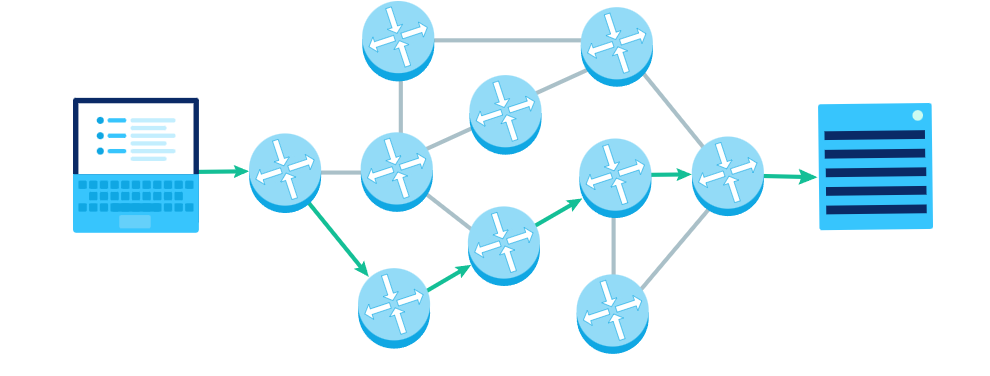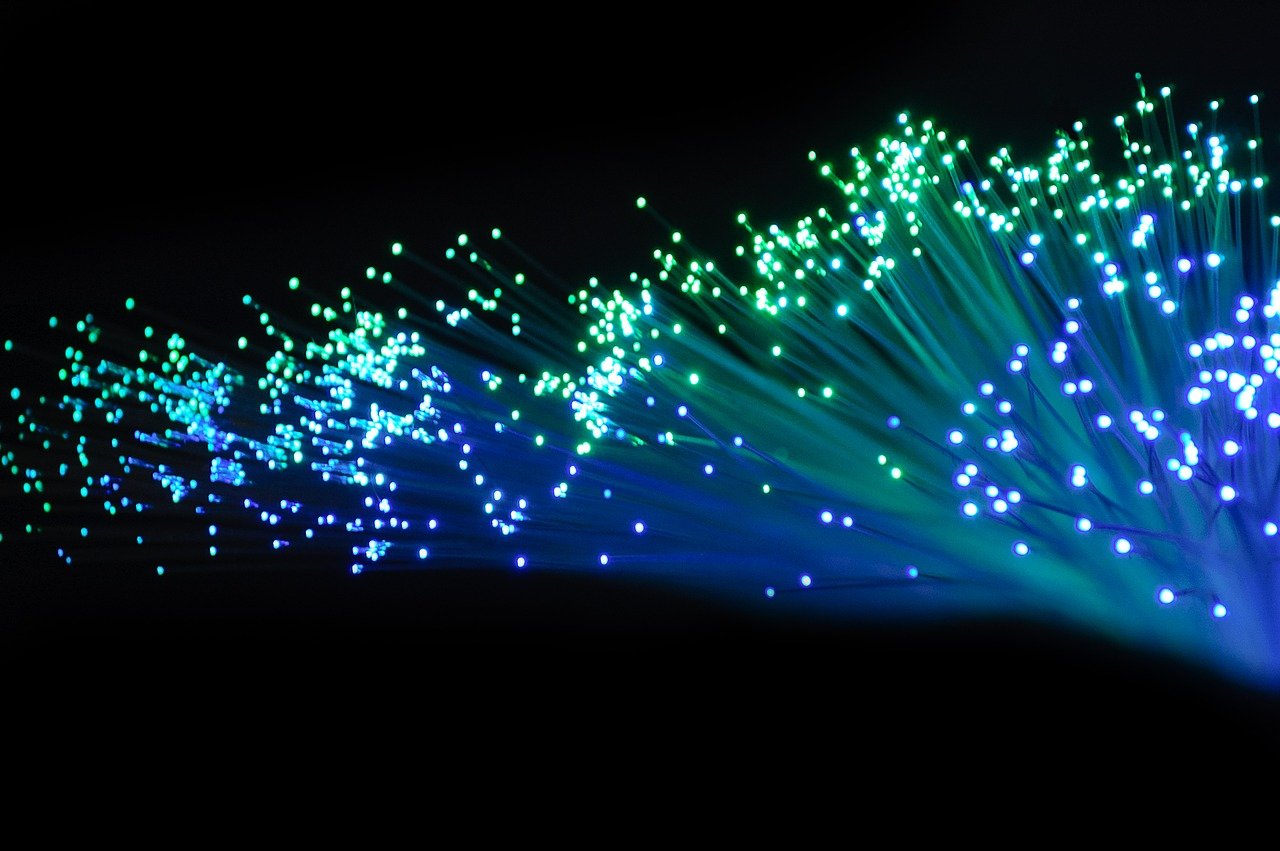Understanding the IP Address for Router: A Complete Guide

What is an IP Address?
An IP address (Internet Protocol address) is a numerical label assigned to each device connected to a computer network that uses the Internet Protocol for communication. The primary purpose of an IP address is to identify and locate devices within a network, enabling data to be routed from the source to the destination. There are two main types of IP addresses: IPv4 and IPv6. IPv4 addresses are 32-bit numerical addresses written in decimal format, while IPv6 addresses are 128-bit hexadecimal addresses.
Every device needs an IP address for communication within networks. It allows devices to send and receive data packets, ensuring seamless interaction within the network. Additionally, having an IP address is crucial for connecting to the Internet as it serves as a unique identifier for devices accessing online resources.
How Does a Router Use an IP Address?
Routers play a pivotal role in home networks, serving as the central hub for directing traffic and creating local networks. Let's delve into the essential functions of routers and how they leverage IP addresses to facilitate seamless connectivity.
Role of a Router in Home Networks
Directing Traffic
One of the primary responsibilities of a router is to direct network traffic. When data packets are transmitted between devices within a network or destined for external networks such as the internet, the router efficiently routes these packets to their intended destinations based on their IP addresses. This process ensures that data reaches its target device accurately and promptly.
Creating Local Networks
Routers are instrumental in establishing local networks within homes or offices. By assigning unique IP addresses to each connected device, the router enables them to communicate with one another effectively. This allows for seamless sharing of resources such as printers, file servers, and internet connections among devices within the local network.
IP Address: The Router’s Identity
Public vs. Private IP Addresses
Routers possess both public and private IP addresses, each serving distinct purposes. The public IP address is assigned by the Internet Service Provider (ISP) and serves as the identifier for the entire network when communicating with external networks like the internet. On the other hand, private IP addresses are used internally within the local network to facilitate communication between devices.
How Devices Use the Router’s IP
Devices within a network utilize the router's IP address as their gateway to access external networks such as the internet. When a device seeks to communicate beyond the local network, it directs its data packets to the router's IP address, which then forwards them to their intended destinations based on their respective IP addresses.
Finding Your Router’s IP Address
In the realm of networking, understanding how to find your router’s IP address is essential for troubleshooting network issues and configuring network settings. Whether you encounter connectivity problems or need to customize your network preferences, knowing your router’s IP address empowers you to take charge of your network environment.
Why Knowing Your Router’s IP Address Matters
Troubleshooting Network Issues
When experiencing connectivity issues or erratic network behavior, accessing your router’s IP address can provide valuable insights into the status of your network. By logging into the router's interface using its IP address, you can examine connection logs, diagnose potential conflicts, and identify any irregularities that may be affecting network performance.
Configuring Network Settings
To tailor your network settings according to specific requirements, such as optimizing bandwidth allocation or setting up port forwarding for gaming or remote access, familiarity with your router’s IP address is indispensable. Accessing the router's interface allows you to modify settings, establish security protocols, and customize configurations based on your unique networking needs.
Easy Steps to Find Your Router’s IP Address
On Windows
Press the Windows key + R to open the Run dialog box.
Type "cmd" and press Enter to launch the Command Prompt.
In the Command Prompt window, type "ipconfig" and press Enter.
Locate the "Default Gateway" under the Ethernet adapter or Wireless LAN adapter section – this is your router's IP address.
On Mac
Click on the Apple menu and select "System Preferences."
Choose "Network" and select your active connection (Wi-Fi or Ethernet).
Click on "Advanced" and navigate to the "TCP/IP" tab.
The router's IP address will be listed next to "Router."
On Mobile Devices
For mobile devices running on Android or iOS operating systems, finding the router's IP address involves accessing the device's Wi-Fi settings and locating the gateway information within the connected network details.
By following these straightforward steps tailored to different platforms, users can effortlessly uncover their router's IP address, enabling them to gain access to their router's configuration interface for troubleshooting and customization purposes.
Changing Your Router’s IP Address
Changing your router’s IP address can be a strategic decision to enhance network security and mitigate potential IP address conflicts. By modifying the default IP address assigned to your router, you can bolster the overall stability and security of your network environment.
Reasons to Change Your Router’s IP Address
Enhancing Network Security
One compelling reason to change your router’s IP address is to fortify the security of your network. Default IP addresses are widely known, making them susceptible to unauthorized access and potential cyber threats. By altering the router’s IP address, you can obscure its location on the network, reducing the risk of external intrusion and unauthorized access attempts.
Avoiding IP Address Conflicts
In complex network setups or environments with multiple routers, IP address conflicts may arise, leading to connectivity issues and disruptions in data transmission. Changing your router’s IP address can help circumvent these conflicts by ensuring that each device within the network has a unique identifier, thereby promoting seamless communication and data transfer.
How to Safely Change Your Router’s IP Address
When undertaking the task of changing your router’s IP address, it's crucial to follow a systematic approach to maintain network stability and prevent any adverse impact on connected devices.
Accessing Your Router’s Settings
Begin by accessing your router's configuration interface through a web browser. Enter the default gateway (usually an IP address) into the browser's address bar, which will prompt you to enter login credentials for accessing the router's settings.
Steps to Change the IP Address
Once logged into the router's interface, navigate to the network settings or LAN setup section where you can modify the current IP address configuration. Select a new unique IP address within the private addressing range defined by Internet Engineering Task Force (IETF) standards.
Ensuring Network Stability After Changes
After implementing changes to your router’s IP address, it's essential to verify that all connected devices regain connectivity without any disruptions. Test various functionalities such as internet access, file sharing, and printer connectivity to ensure that the network remains stable following the modification.
See Also
Discovering the Advantages of Waterproof FTTX Solutions with IP67 Rating
Harnessing the Potential of FastConnect: Advantages and Features
Enhancing Network Efficiency with Fiber Optics from FiberHome
Comprehending the FTTR Invisible Fiber Cable: A Revolutionary Solution


